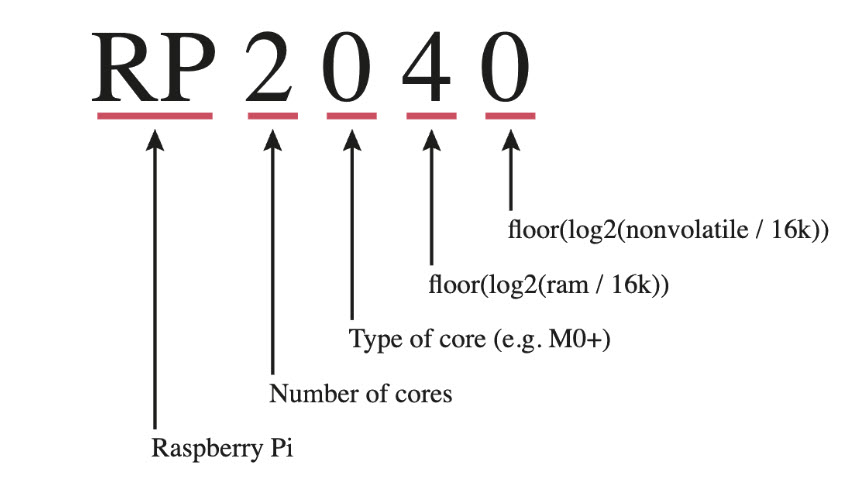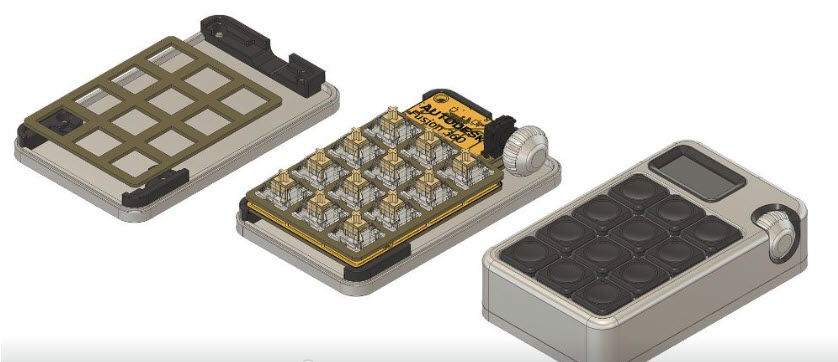& Construction

Integrated BIM tools, including Revit, AutoCAD, and Civil 3D
& Manufacturing

Professional CAD/CAM tools built on Inventor and AutoCAD
4 min read
The RP2040, the beating heart of the Raspberry Pi Pico, is a game-changing microcontroller that has captured the imagination of hobbyists and professionals alike. In this comprehensive guide, we will explore the RP2040, its capabilities, use cases, and how you can harness its power for your next project.

The RP2040 is a dual-core Arm Cortex-M0+ microcontroller designed by Raspberry Pi. It boasts a powerful combination of features that make it a versatile and affordable choice for a wide range of applications:

The RP2040 is surprisingly beginner-friendly, even if you’re new to microcontrollers. Here’s why:
The RP2040’s versatility makes it suitable for a wide range of projects. Here are some everyday use cases:

While the RP2040 may not be the most potent microcontroller on the market, it packs a serious punch for its price point. It’s more than capable of handling complex tasks like:
Let’s take a look at a couple of real-world examples to illustrate the RP2040’s capabilities:
The RP2040 chip is an incredibly versatile chip that has taken the world by storm. Its popularity stems from its ability to be used in a wide range of applications. Thus making it a favorite among developers and engineers alike. Whether you’re working on a robotics project, designing a new wearable device, or even creating an IoT device, the RP2040 chip has got you covered. This level of versatility is truly impressive. Ultimately opening up a whole new world of possibilities for designers and innovators.

The RP2040’s flexibility and performance, coupled with Fusion Electronics‘ robust design capabilities, provide a powerful combination for your next project. Whether you’re developing a simple hobbyist project or a complex industrial application, Fusion Electronics has the tools you need to succeed.
By choosing Fusion Electronics, you’re not just selecting a design tool – you’re joining a movement that’s transforming the way engineers collaborate and innovate. Say goodbye to fragmented workflows and hello to a seamless, integrated design experience.
By clicking subscribe, I agree to receive the Fusion newsletter and acknowledge the Autodesk Privacy Statement.
Success!
May we collect and use your data?
Learn more about the Third Party Services we use and our Privacy Statement.May we collect and use your data to tailor your experience?
Explore the benefits of a customized experience by managing your privacy settings for this site or visit our Privacy Statement to learn more about your options.